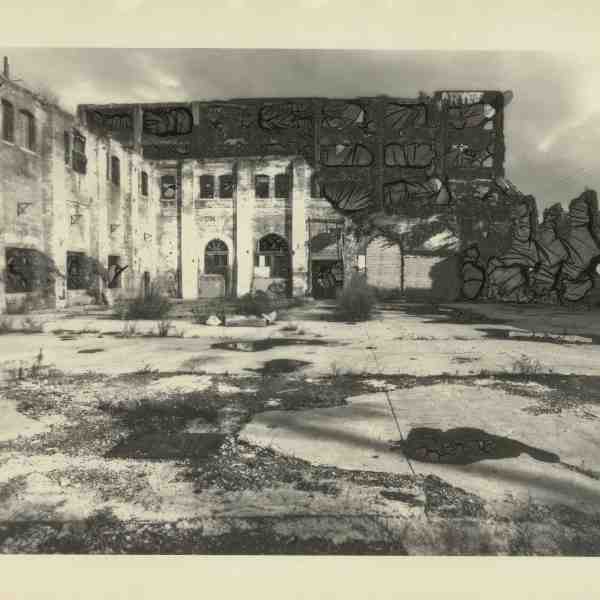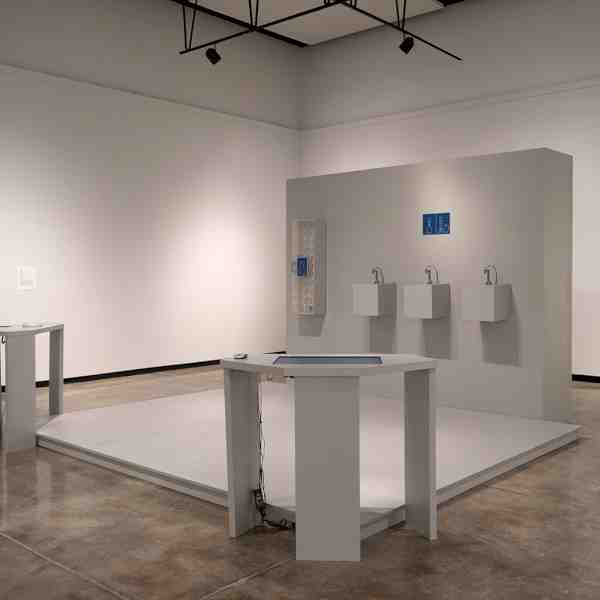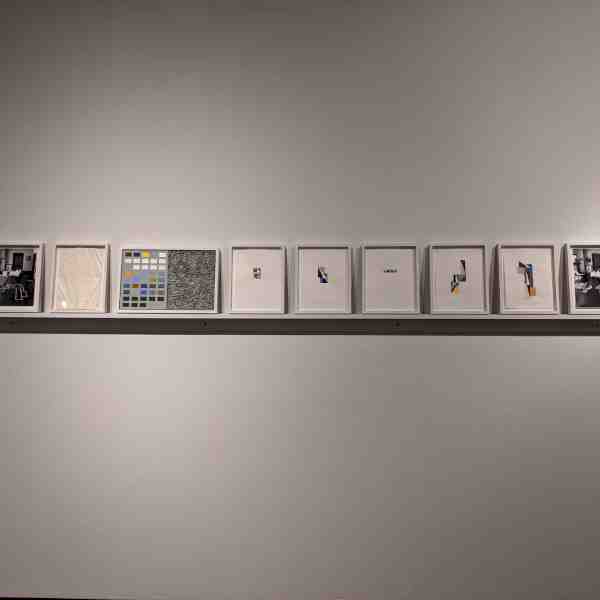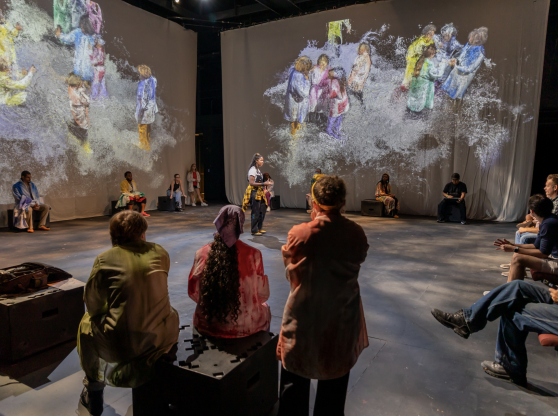Each spring, MFA students in the School of Art + Art History develop an exhibition in the University Gallery. Time Sensitive: Master of Fine Arts Candidates Exhibition A, the first of a two-part exhibition, opened just as the University of Florida and Alachua County were taking health precautions to cancel events and large gatherings.
With the first exhibition already installed, the University Gallery took to Instagram to share students’ work in a virtual space.
Melissa Nuñez, an MFA candidate in the creative photography studio, served as the exhibition’s coordinator in addition to her role as a student artist. As coordinator, she was tasked with getting students’ artist statements, photos of their work, and facilitating communication between them and the gallery director, Jesús Fuenmayor.
Here she shares the process that led up to the exhibition that never got to have its opening reception.
Gabriela: Can you tell me a little bit more about what the exhibition’s focus was and how all of the students and their artwork fit into it?
Melissa: There wasn’t an original main idea for the exhibition. It was more so titled after looking at everyone’s artwork and ideas. Usually when you apply for an exhibition it’s on a specific topic or medium, but, since it’s an MFA show, everyone has to show their work, so it works better to title it or make it cohesive after seeing what everyone’s work is about. The gallery director decided Time Sensitive would be an adequate title for the show because everyone’s work was related in some way to a type of idea about time. Coincidentally, the outbreak of COVID-19 seemed to fit in with the topic as well.
G: What was it like managing being both the coordinator and an artist presenting work in this exhibition?
M: I thought it was both interesting and efficient because I was able to know how the exhibition was going to be done in advance. The process that had been working for the past few years consisted of picking a wall before knowing exactly what you’re making. This used to cause some people to end up adapting their work to fit with the space. However, this year it was done a little bit different. This semester, students were able to create their ideas and make their work first and later mold their pieces into the way an exhibition is normally set up in a gallery. This helped a lot of students that were just learning how to do exhibition proposals because they were able to practice how to pitch their ideas to make something for a space. This made it easier for them to have an efficient reasoning as to why they wanted a specific spot or place in the gallery for their artwork. It was nice to learn about what we needed from every student in order to have a successful exhibition.
G: Do you think being the coordinator help you prepare better for the exhibition?
M: I definitely think being the coordinator helped me plan ahead and prepare in a timely manner for the show. Most people work at their own pace because they assume they’ll get put into Exhibition B. I strived to pace myself and work on my pieces as if I already knew I was going to get put into Exhibition A, which actually ended up being the case. My pieces were photography so I knew I only really needed wall space. I took the liberty to create the work that I wanted and trusted that the curator would help me arrange everything in an efficient way.
G: Tell me more about the work you exhibited.
M: I have always been very interested in industrial ruins and landscape photography. I started looking into alternative printing processes. I was practicing with one last year called Mordançage, which I did for my thesis. I was learning how to do it at the end of last year and basically mastered that process for this year.
What that process does is it lifts the emulsion off the silver gelatin print and makes a relief of the image creating a deteriorated effect. A normal black and white darkroom photograph is done, and then the other chemicals used in this process dissolved the black areas of the image. I was doing that on industrial ruins and old mid-Western buildings and factories.
I had eight photographs of this as my thesis. I chose those because they displayed a lot of environmental waste underneath them and I wanted to mimic that on top of the images. I learned that the chemicals I was using for the Mordançage were actually in a lot of environmental waste buildings that are just underground, and therefore I thought using that process was really fitting.
It took me a little while to figure out what photographs I wanted to do. I knew I had to get out of Florida because there aren’t a lot of industrial ruins here, so I had to go around a few different states to get my photographs. Some of them I took last year, some were from this summer, and one was from winter break.
I’ve been doing dark room photography for about 10 years now, and it’s been really interesting to learn different processes I can apply to the technique to make my photographs unique.
Time Sensitive: Master of Fine Arts Candidates Exhibition A was curated by Ph.D. candidate in art history Laura Colkitt. The exhibition featured work in a diverse array of media, including graphic design, ceramics, installation, painting, printmaking, sculpture, and video.









